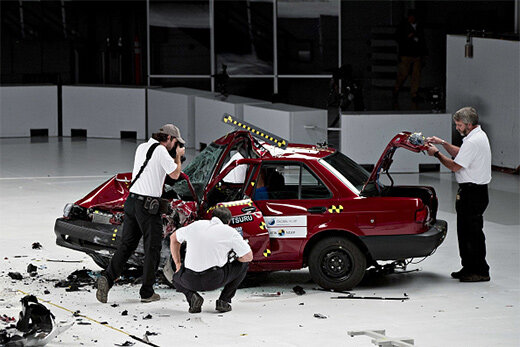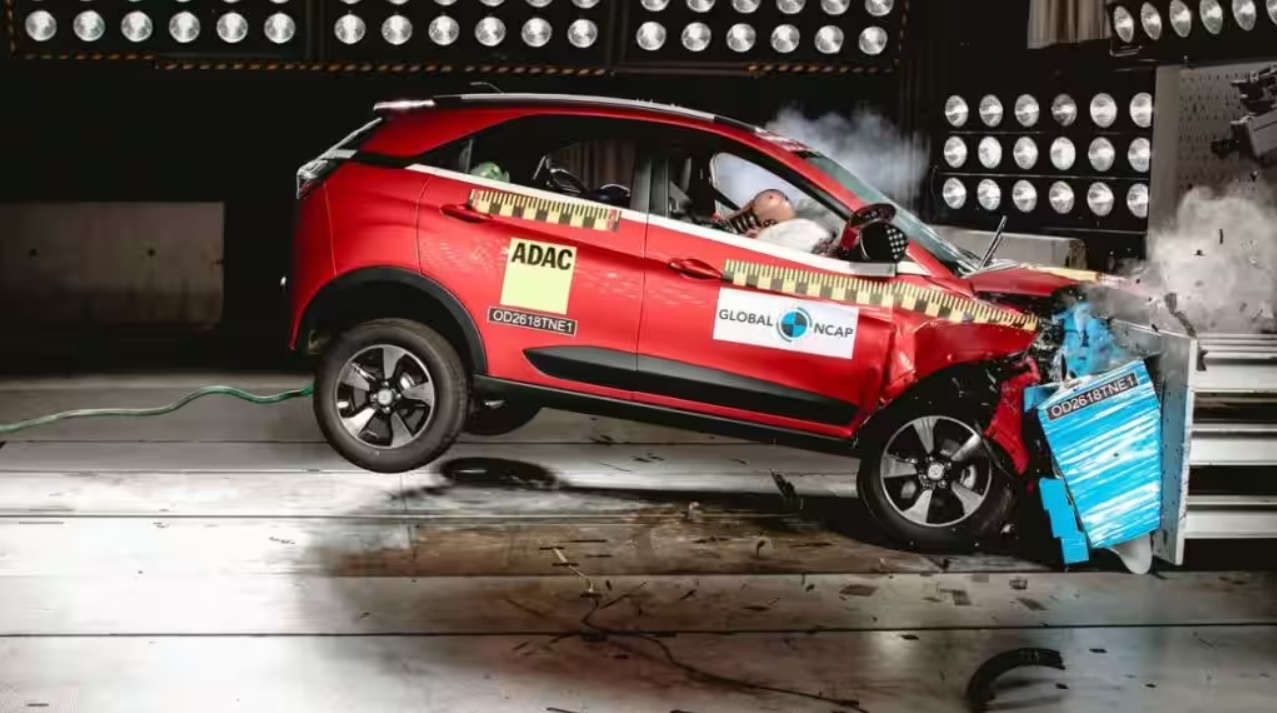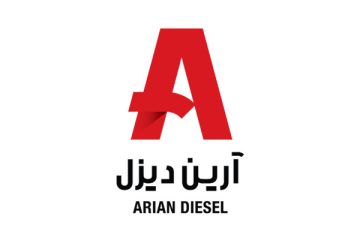Quality is a qualitative factor and cannot be expressed with a number. Now it wants to be for any device. Regarding the car, they express its strength and safety, especially in an accident with a safety star. The number of stars is between 1 and 5 , and the higher the car’s safety star, the more resistant it will be in an accident. In this article from Act Group, we analyze the Quality and Safety Stars in Cars. click.
Quality is a qualitative factor and cannot be expressed with a number. Now it wants to be for any device. Regarding the car, they express its strength and safety, especially in an accident with a safety star. The number of stars is between 1 and 5, and the higher the car’s safety star, the more resistant it will be in an accident.

Car safety star is not something that anyone can determine based on their taste and capabilities. There are several institutions in the world; But between all of them, two government institutions of road safety and transportation in America (NHTSA) and New Car Assessment (NCAP) are more reliable and have a 5- star system for car evaluation.
These institutes test and examine the cars and as a result, they express the amount of damage to people and damage to the body in the form of color and percentage.
What is a car crash test?
The crash test includes collision of a vehicle with static and dynamic obstacles and analyzing the results to evaluate the safety factor of the vehicle. In fact, this test is a method of simulating a car accident in which real cars and crash test animals are used.
Crash tests are designed to simulate accidents and human physical reactions during road accidents, which are classified in the field of destructive tests. There is a wide range of destructive crash tests to simulate real accidents, with the most common types of crashes including frontal collision, rear collision, side collision, run-off and pedestrian collision.

The impact of accidents on adult and minor passengers is evaluated. In all physical crash tests, dummies are used to measure the forces and potential injuries caused by a vehicle impact on the driver, passenger or pedestrians, cyclists, and even motorcycle riders and passengers during a crash.
The data collected from the dummies is evaluated, along with an inspection of the vehicle’s physical deformation, the hazards inside the vehicle’s cabin and the performance of the internal restraint systems, and the points assigned to each test. The results of crash tests are usually published as star ratings for easier understanding.
How to test car safety
In every test they do on the car, a score will be assigned. Then, based on the sum of these scores, the number of stars is determined. Of course, one important point should be kept in mind and that the safety star comparison system for cars with the same weight range and year of manufacture is close to each other.
In fact, it is wrong to compare two different cars. Regional positions are also considered. An acceptable score given for cars used on Chinese roads may not be acceptable for European roads. Car safety star is a very specialized topic and many factors are considered when testing it.
The data obtained in the car crash test will be analyzed by professional computers. In fact, it cannot be said that it has a low safety star because the car body was damaged in an accident.
Imaging and data analysis
In order to analyze the accident and its impact, the accident tests include many equipments such as high-speed cameras, sensors and analysis software.
Cameras and sensors can be mounted on the test vehicle or remotely collect crash data. Analysis of this data and data collected by sensors embedded in the crash test provides a comprehensive assessment of how the vehicle structure is performing in various safety areas.
Introduction of 5 car safety stars

- 5 star safety: In the crash test, the damage done to the car is less than 10% and the passengers are relatively healthy.
- 4 safety stars: the damage done to the car is 11 to 20 percent
- 3 safety stars: the damage to the car is from 21 to 35% and the passengers are in a state of shock.
- 2 safety stars: the damage caused to the car is from 36 to 45%.
- 1 safety star: the damage done to the car is more than 46% and the health of the passengers will not be favorable.
Conclusion
The main cause of about a third of the accidents leading to death and severe injuries in traffic accidents is high and disproportionate speed. Speed affects the risk of an accident. Higher speed provides less opportunity to avoid collisions.
At the same time, higher speed has more severe consequences. An average increase in speed of one kilometer per hour increases the risk of an injury accident by 30%. In an accident at a speed of 32 km/h, the chance of surviving a pedestrian is 90%, but this chance will reach less than 50% at a speed of 45 km/h and above. The probability of death for car occupants in an accident at the moment of impact speed (80 km/h) is 20 times the probability of death at the speed (32 km/h).
High quality in the car and getting safety stars does not mean avoiding the safe speed and the driver should always be careful while driving. Especially in domestic cars, due to quality fluctuations and other problems, a car with 5 stars may show three-star safety features in an accident.
On the other hand, even with a 5-star safety car, precautions should be taken so that at a speed of about 120 km/h or more, the damage caused will lead to death.




0 Comments